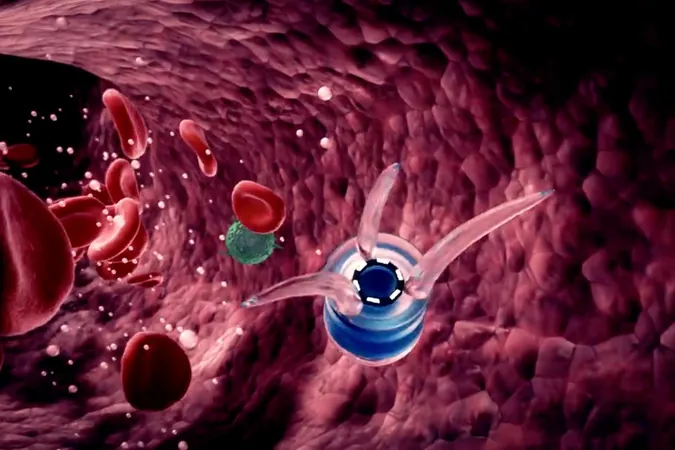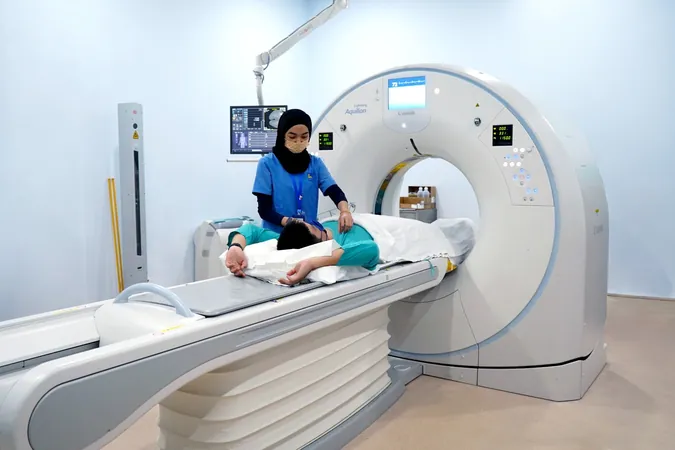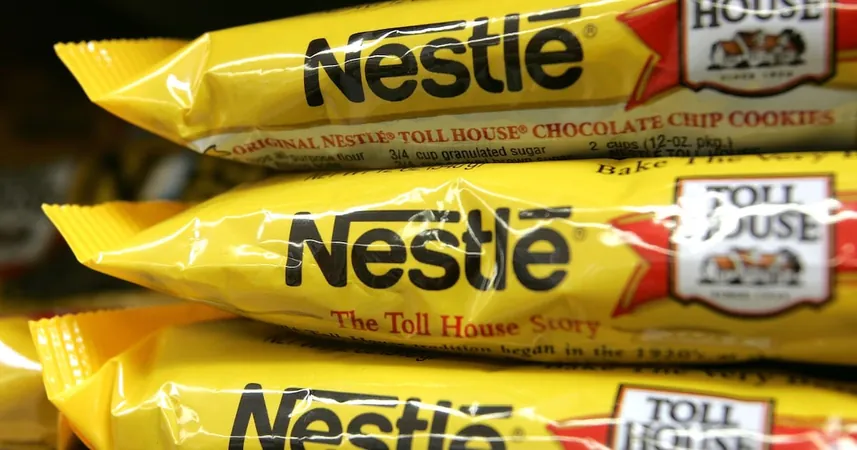
Nanobots: The Futuristic Fantasy That Could Lead to Our Doom
2025-09-02
Author: William
Revisiting Bill Joy's Warnings on Technology
In 2000, the tech landscape was dramatically shaped by Bill Joy, co-founder of Sun Microsystems, who sounded a clarion call in Wired with his provocative piece, 'Why the Future Doesn’t Need Us.' Joy expressed deep concerns about technological advancements spiraling out of control and ultimately decimating humanity.
A New Era of AI and Nanotech Fears
Today, as AI continues to evolve, Silicon Valley leaders echo Joy’s sentiments, cautioning that machines might outsmart us and deem us obsolete. While Joy had specific fears about artificial intelligence, his primary dread was rooted in the far-reaching promises and perils of nanotechnology.
Dreams of Nanotechnology: Utopia or Dystopia?
Inspired by K. Eric Drexler's seminal 1986 work, *Engines of Creation,* Joy envisioned nanotechnology offering miracles: cures for diseases like cancer, abundant clean energy, and perhaps even the resurrection of extinct species. But this vision also held a dark side.
The Dreaded 'Grey Goo' Scenario
At the turn of the millennium, the concept of 'grey goo' emerged—a nightmarish scenario in which nanoscale robots could multiply uncontrollably, dismantling everything in their wake. Much like the fears surrounding today's AI, the prospect of grey goo haunted discussions on the ethical implications of unchecked technological progress.
The Reality Check: Where Are the Nanobots?
Fast forward to now—despite the lofty promises of early nanotechnology enthusiasts, we have yet to witness miraculous breakthroughs. Instead of transformative technologies, what exists today bears little resemblance to Drexler’s dreams, highlighting the chasm between ambition and reality.
Techno-Fantasies and the Utopian Visions of Silicon Valley
Silicon Valley billionaires thrive on grandiose visions, with dreams of terraforming planets, cryogenically preserving brains, and mind-uploading reigniting public imagination. These ideas, tied to Drexlerian nanotech, represent a seductive yet perilous pursuit of utopia.
Drexler's Fantastical Vision: A Closer Look
Drexler's original ideas sparked excitement amongst tech entrepreneurs, but they often strayed into the realm of fantasy. His envisioned 'molecular assemblers' could defy the laws of chemistry and physics—a notion deemed unrealistic by many in the scientific community.
A Science Fiction Narrative Gone Awry
While intriguing, Drexler’s proposals often lacked grounding in sound scientific principles. Critics like chemist Richard Smalley pointed out that his fantasies fell short of acceptable chemical understanding, raising questions about the feasibility of his molecular machinery.
Nanotechnology Today: A Science in Maturity
Despite the shortcomings of Drexler's vision, the field of nanotechnology has matured. Today, scientists successfully harness nanomaterials in fields like biomedical imaging and photovoltaics, relying on practical chemistry rather than wishful thinking.
The Foresight Institute: Still Supporting the Dream?
Drexler's influence persists through the Foresight Institute, which continues to promote research with connections to nanotechnology. However, the institute's current focus often resembles Drexler's earlier utopian technofantasies, including neurotechnology and the controversial concept of mind-uploading.
Facing the Harsh Reality of Oneiric Technologies
The allure of oneiric technologies—which promise to reshape our existence without addressing pressing contemporary issues—poses ethical dilemmas. These technologies often distract us from addressing climate change, inequality, and critical societal challenges.
Conclusion: Choosing Reality Over Fantasy
As we stand on the precipice of AI advancements echoing the cautions of the past, there is a compelling need to reevaluate our tech-driven dreams. We must ground our ambitions in reality, steering clear of the distractions posed by oneiric technologies and focusing on pragmatic solutions to innovate responsibly.









 Brasil (PT)
Brasil (PT)
 Canada (EN)
Canada (EN)
 Chile (ES)
Chile (ES)
 Česko (CS)
Česko (CS)
 대한민국 (KO)
대한민국 (KO)
 España (ES)
España (ES)
 France (FR)
France (FR)
 Hong Kong (EN)
Hong Kong (EN)
 Italia (IT)
Italia (IT)
 日本 (JA)
日本 (JA)
 Magyarország (HU)
Magyarország (HU)
 Norge (NO)
Norge (NO)
 Polska (PL)
Polska (PL)
 Schweiz (DE)
Schweiz (DE)
 Singapore (EN)
Singapore (EN)
 Sverige (SV)
Sverige (SV)
 Suomi (FI)
Suomi (FI)
 Türkiye (TR)
Türkiye (TR)
 الإمارات العربية المتحدة (AR)
الإمارات العربية المتحدة (AR)